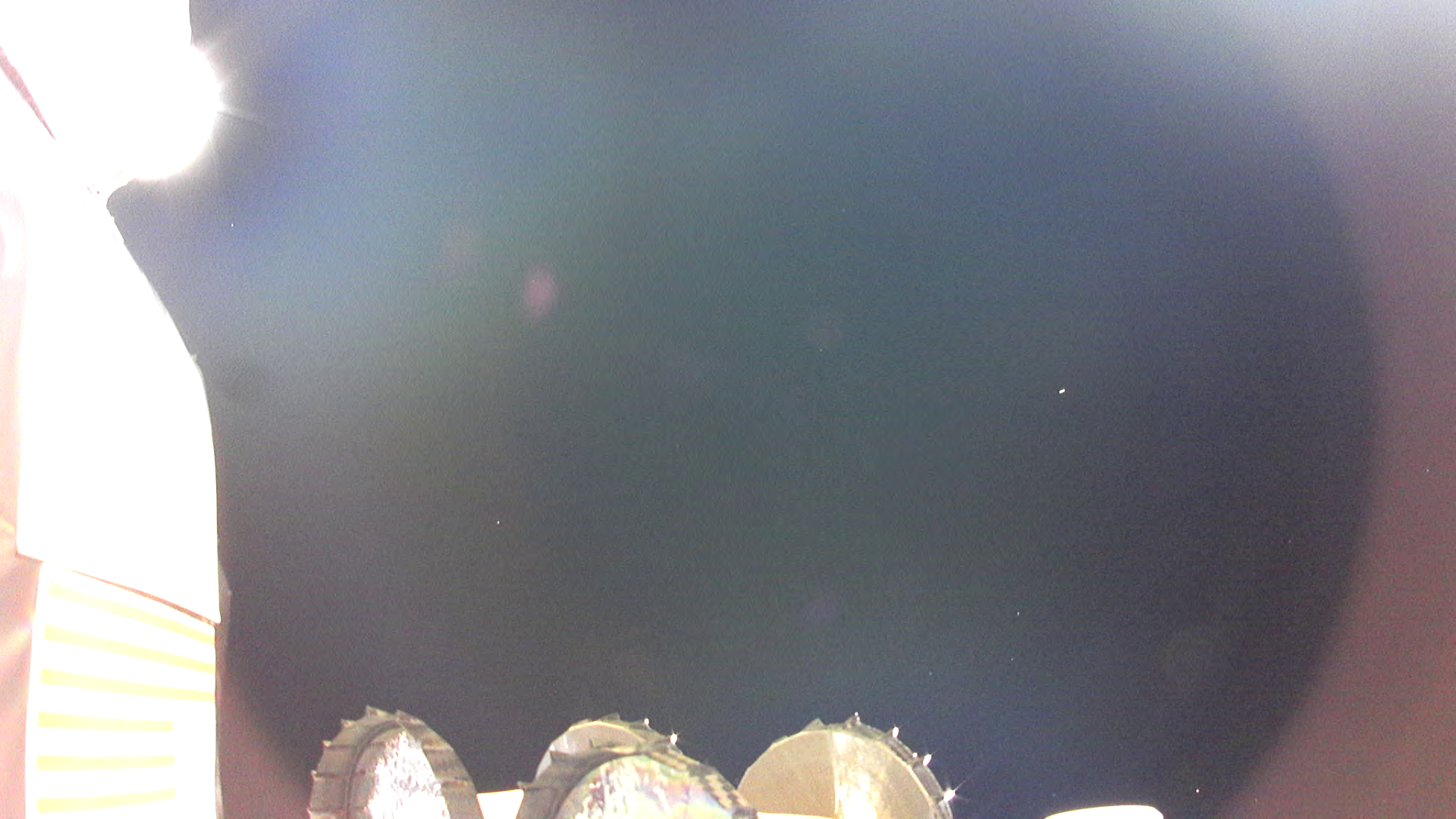
As Peregrine emerges from a planned communications blackout with NASA’s DSN ground network, we’re pleased to announce the team’s efforts to gather payload data have been fruitful. We have successfully received data from all 9 payloads designed to communicate with the lander. All 10 payloads requiring power have received it, while the remaining 10 payloads aboard the spacecraft are passive.
These payloads have now been able to prove operational capability in space and payload teams are analyzing the impact of this development now. We are proud of the mission team for achieving this incredible feat under such challenging circumstances. Below are a list of payloads that have received power:
– (pictured) Iris Lunar Rover from Carnegie Mellon University. At the bottom of the overexposed image sent from Peregrine in space are the Iris rover’s wheels. To its left is a fuel tank with the American flag.
– COLMENA from LINX-UNAM (together with Agencia Espacial Mexicana (AEM))
– M-42 Radiation Detector from the German Aerospace Center (DLR)
– Linear Energy Transfer Spectrometer (LETS) from NASA’s Johnson Space Center
– Near-Infrared Volatile Spectrometer System (NIRVSS) from NASA’s Ames Research Center
– Neutron Spectrometer System (NSS) from NASA’s Ames Research Center
– Peregrine Ion Trap Mass Spectrometer (PITMS) from NASA Goddard Space Flight Center, The Open University (OU), NASA, and the European Space Agency (ESA).
– Pocari Sweat’s Lunar Dream Time Capsule from Astroscale
– Optical Precision Autonomous Landing (OPAL) TRN sensor from Astrobotic
– (a subsystem) Navigation Doppler Lidar (NDL) from NASA’s Langley Research Center
Please stay tuned for more information and a link to a forthcoming media telecon.

